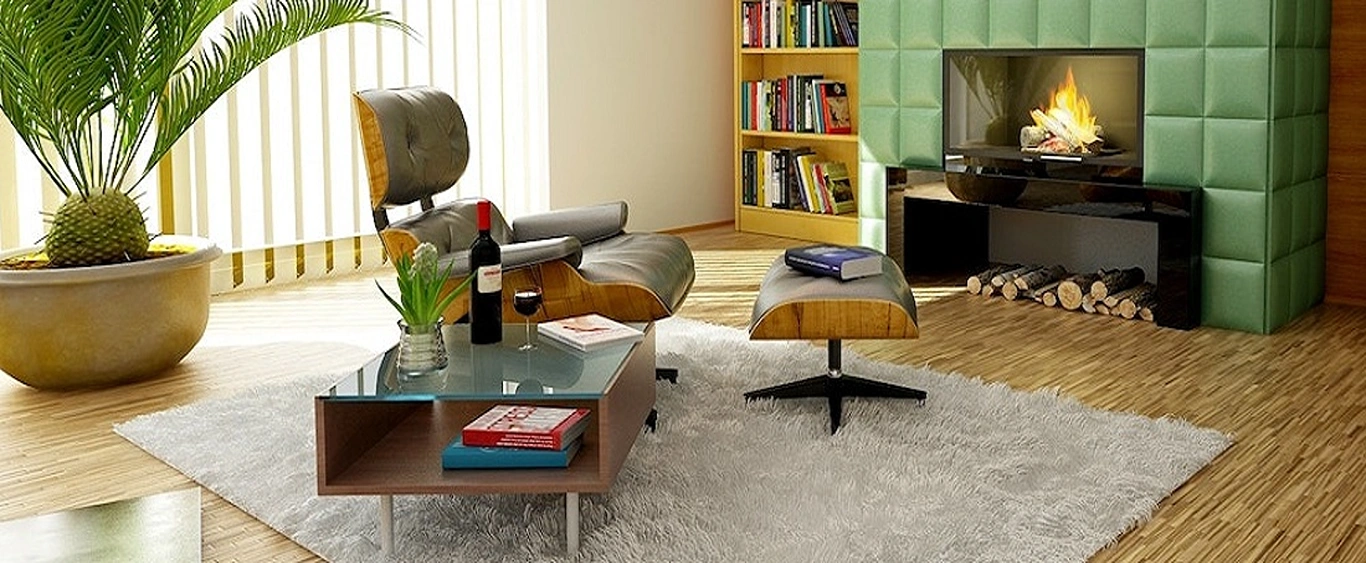A top priority of the construction industry is to create buildings sustainably while maintaining the health and welfare of the residents. Green buildings now play a significant role in preventing and controlling a pandemic environment. As people are spending more time at home, developers are increasingly prioritising ventilation, utilising eco-friendly materials, and integrating natural sources of energy into architectural design such as rainwater harvesting, waste management, and solar power.
Specialised modelling tools are being utilised to optimise a building’s layout, so energy efficiency and ventilation are integrated into the design. This improves the operational efficiency of the buildings and promotes the conservation of natural resources. Aerial footage of construction sites, combined with advanced analysis and design methodologies, allows for the efficient construction of buildings with minimal environmental impact. As more consumers shift their focus towards health and wellness, this trend will only continue.
Building-based prevention and control measures have become one of the most important methods of controlling the pandemic. These measures include community management, isolation areas, environmental disinfection and cleaning protocols.
Green building products take into account the safety, durability, health, livability, and accessibility of all residents. With the rapidly expanding industry of green building products, developers should emphasise the overall health performance of the buildings.
The criteria for green buildings are also beneficial to COVID-19 prevention and control. Developers should measure the performance of green products by how they achieve the green building criteria. These criteria include protecting the health of occupants, reducing the risk of infection, providing a stable living environment during the pandemic, and maintaining essential facilities.
Developers must consider all stages of a green building’s lifecycle. This comprises of lowering environmental impact and maximising value from design, construction, operation, and maintenance, through to renovation and eventual demolition.
The construction sector will have to accelerate the adoption of technology to optimally maintain green buildings throughout their lifecycles. The use of automation, artificial intelligence, and big data must be heavily employed in construction practices to increase efficiency and mitigate risk. These new technologies will enable developers to streamline routine practices while minimising maintenance lifecycle costs and increasing labour productivity.
Occupants must be educated about the importance of green amenities and how the green building has a direct impact on their lifestyle. Housekeeping and staff must receive continuous certified training for correct green building maintenance.
Recommended blogs







